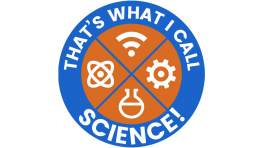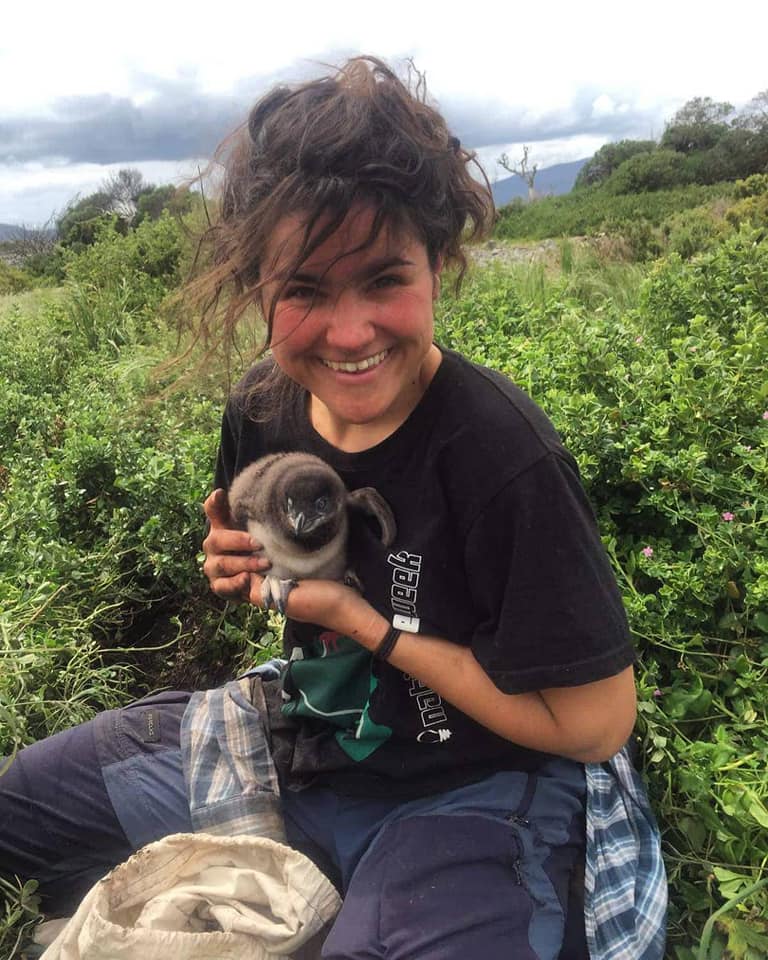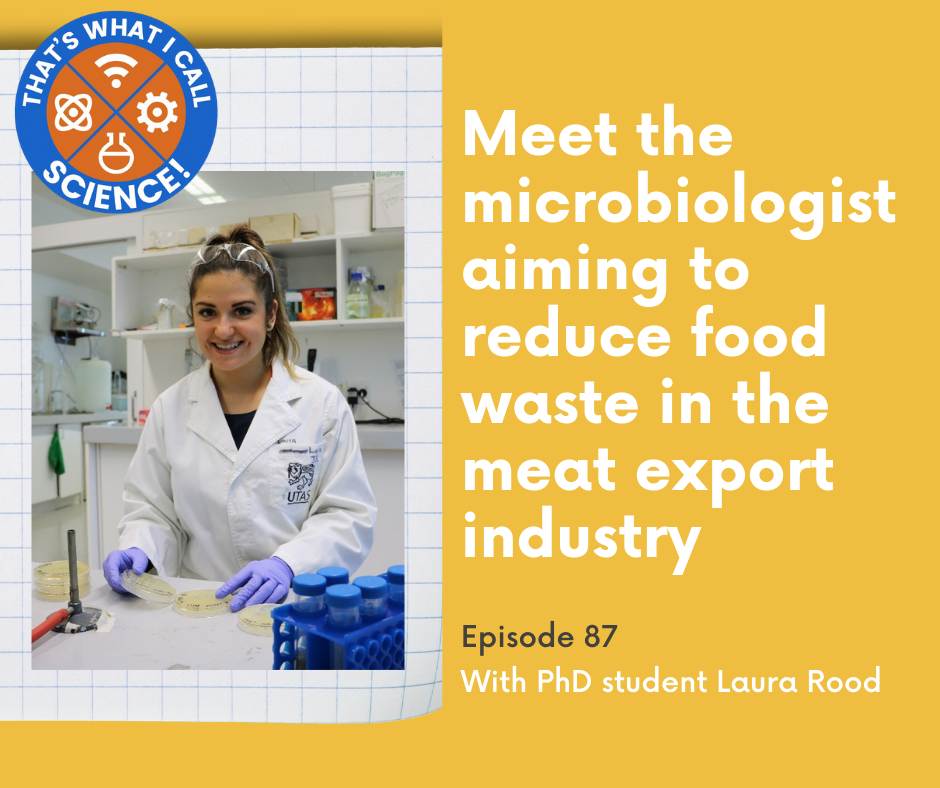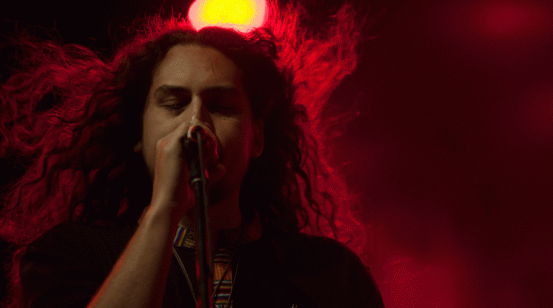
Get to know That's What I Call Science!
Starting in 2018, Edge Radio's That's What I Call Science took out the 2019 CBAA Community Radio Award for Best New Radio Program, and has subsequently gone national on the Community Radio Network.
Covering all things science, medicine, biology and more, the show sets itself apart from a lot the science communication we see in the mainstream.
For one, it comes from Tasmania - the island state that's also a natural laboratory for researchers. Secondly, it's presented by an all-women team of researchers!
We asked the Niamh Chapman from the show how it all got underway, what the underlying philosophy is, and what science communication meant in 2020.
Niamh! How did the show start?
The show started after National Science Week 2018. I participated in a program that delivers science workshops in schools across Tasmania, as part of that I was interviewed by ABC radio and really enjoyed the experience. Little did I know at the last event for Science Week, I was with the President of Edge Radio, Jenni Klaus. We got talking about what a great medium radio is and she promptly encouraged me to start a science show!
When considering starting a show I knew I’d have to do it as part of a team and ideally wanted that to be a team of women. Women are underrepresented in science – I really wanted to put women at the heart of the conversation and increase diverse representation of women in media and in science.
A recent episode looked at microbiology and its role in the meat export industry.
Thinking about how science is usually communicated, what did you want to do differently?
What I love about our show is the depth of the content. Often when scientists are interviewed, they are discussing extremely complex topics in a really tight time and interviewed by highly skilled journalists who may not have a science background. As a result, the nuance and important background information can be left out.
On That’s What I Call Science we try to only tackle one topic per show with 1-2 expert guests in that field and interview them in a conversation style. Our aim is to build on the content and spend some time grilling the credibility of the science. Although our team may not be an expert in that field we are usually in similar areas and aim to ask questions about how much we can trust the findings.
I feel strongly that we need to have deeper conversations about the limitations of science. There is a lot of mistrust in science at the moment and that may be due to the many times we have seen headlines claiming a cure for cancer has been discovered. We grill our guests in a friendly environment to get to the heart of the issue. We always try to wrap up with tangible actions for listeners either as individuals or the community more broadly so they can act on the information they’ve received.

Olly Dove from the show meeting some little penguins in the name of science.
2020 has been a big year for science communication following COVID-19. Are you finding some of your guests are getting more used to speaking about their work publicly?
COVID-19 has certainly seen some scientists in the limelight! It’s been interesting to see the interplay between policymakers, the public and those working in science. In my view, a really beautiful part of science has been displayed – the difficulty of navigating uncertainty and the need to change our response based on new findings.
The scientific method has been playing out in real time as we learn more about the virus. For many people, this is their first experience of the inherent uncertainty in that method. A large part of progression depends on people changing their view based on new knowledge, perspectives or data. A hard part of the pandemic is knowing what we should do and rolling with changes as we learn more. That is extremely challenging when people are impacted on such a large scale and we have so little information to navigate this situation.
I hope that more and more people are having inclusive and respectful conversations about what we don’t know and how we can get some answers through science. Before the pandemic, science communication was rare and usually with the traditional media whereas now it’s part of daily interactions, interpreting the emerging evidence and answering questions from friends and family. I think it has been a unique opportunity to test our ability to talk about science in an engaging and supportive way. I found it really challenging at the start as there was so little known about COVID-19. It is still difficult to answer anything definitively and to even keep up with the emerging evidence!
Niamh and Olivia receive the Best New Radio Program award at the 2019 CBAA Community Radio Awards.
What’s your sense of the importance of communicating science to the public now?
I feel like society is increasingly polarised so while communicating science in an engaging and inclusive way is more critical than ever, I wonder what should we be doing differently?
I’m not a big fan of scientists lecturing people or creating science events and content that only engages other scientists. I think the most pressing matter is to find a way to provide accurate information that cuts through the noise.
How do we support people to be critical of science, as they should be, but lean toward evidence-based policy that supports an equitable society? I don’t have answers for how we can do this but I hope that people working in science can meaningfully engage with their communities to bridge the gap between scientists and the public. Scientists shouldn’t be separate to the public, most of us are funded by the public and do our work to provide some sort of benefit to society, I reckon most of us are trying to figure out the best way to get our work out there.
What are some of your greatest ‘Wow I had no idea about that!’ moments from the show so far?
I had a really cool interview recently about a company testing algae as a food source to reduce the amount of methane in cow farts and ultimately reduce the impact of dairy and beef production on climate change.
Another recent highlight was when our show was produced by high school students as part of our misinformation campaign. I was blown away by the level of research the students put in to interview our expert guest. They really ran with the opportunity and were excited to talk about the impact of fake news during the pandemic!
I love that I learn something new every time we record an episode but what I love even more is getting to know the people behind the science and I’d like to promote that even more.
For CRN subscribers:
- That's What I Call Science runs weekly at 27'50 minutes
- Distributes Fridays 16:32 AEDT/AEST
- Available for on-demand broadcast by stations via DDN capture, download and FTP
- Presented for a national audience
- For more information contact CRN staff on 02 9310 2999 or email [email protected]
Not a CRN subscriber, but want to find out more about getting content like this for your station? Read more here.
Community Radio Network special broadcasts and content broadcast during the Extras 1 and Extras 2 time in the Program Guide.



Facebook comments